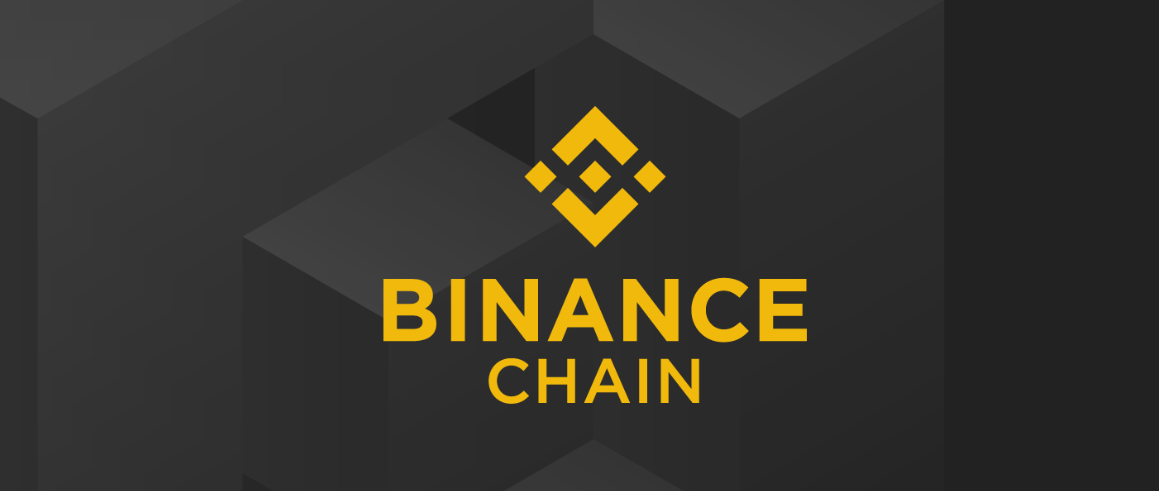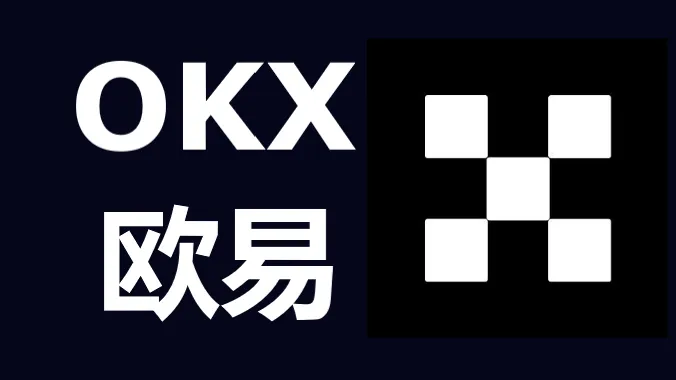Imagine standing at the edge of a digital jungle woven by code and algorithms, clutching not a map but a golden compass labeled "choice." Here, billions of dollars flow silently every minute, where candlestick charts of volatile prices are the only law of survival. Choosing the wrong exchange in this battlefield without gunpowder smoke is like wearing the wrong bulletproof vest—minor missteps cost fortunes, while major errors obliterate assets In the past 30 days alone, Binance processed $1.2 trillion in trading volume, equivalent to Switzerland's annual GDP, Yet as regulatory storms sweep across the globe, Coinbase's compliance moat keeps countless investors awake at night. Is the world's largest virtual currency exchange a treasure-laden ark or a Bermuda Triangle of hidden whirlpools? Three minutes to cut through the fog.

First of all, we have to mention Binance. Founded in 2017, Binance has rapidly risen to become a giant in the global virtual currency trading field in just a few years. It has so many advantages. In terms of trading pairs, Binance offers a huge number of virtual currency trading pairs, with more than 1,000 different cryptocurrencies available for trading. Whether it's Bitcoin, Ethereum and other mainstream coins, or some niche potential coins, you can find them here. Moreover, Binance has very good trading depth, which means you can easily buy and sell large amounts of virtual currencies at a reasonable price without worrying about significant price fluctuations due to insufficient market liquidity. In addition, Binance's trading interface is simple and easy to operate. Both experienced investors and beginners can quickly get the hang of it.
However, Binance is not perfect. Due to its large user base, the server may become congested during peak trading periods, affecting the trading experience. Moreover, with the strengthening of global regulation on virtual currencies, Binance also faces some compliance challenges.
Another exchange worthy of attention is Coinbase. Founded in 2012, Coinbase is the largest virtual currency exchange in the United States. Its biggest feature is that it has excellent compliance. Coinbase strictly adheres to the regulatory requirements of the United States and other countries, which makes investors feel more at ease when trading. At the same time, Coinbase provides very secure storage services, using multi-signature technology and cold storage methods to ensure the security of users' virtual currency assets. In addition, Coinbase has also launched some educational resources for ordinary investors to help them better understand the virtual currency market.

However, Coinbase also has its limitations. Its trading fees are relatively high, which is a significant cost for some frequent traders. Moreover, the number of tradable coins on Coinbase is relatively smaller compared to Binance, which may not meet the needs of some users who pursue diversified investments.
In addition to Binance and Coinbase, exchanges like Huobi also occupy an important position in the global virtual currency market. Founded in 2013, Huobi has rich industry experience and a large user base. It offers a variety of trading methods, including spot trading and futures trading, meeting the needs of different investors.
In fact, it's difficult to simply say which one is the largest virtual currency exchange in the world. Different exchanges have their own advantages and disadvantages in different aspects. As investors, we should comprehensively consider factors such as tradable coins, trading fees, security, and compliance based on our own needs and preferences, and choose the exchange that suits us best. I hope everyone can have a smooth journey in virtual currency investment and reap great rewards!

















No comments yet